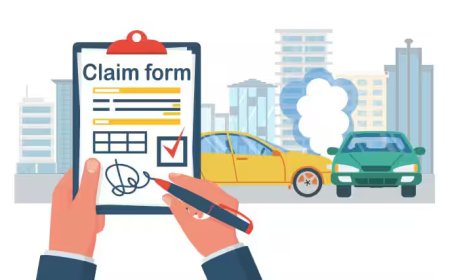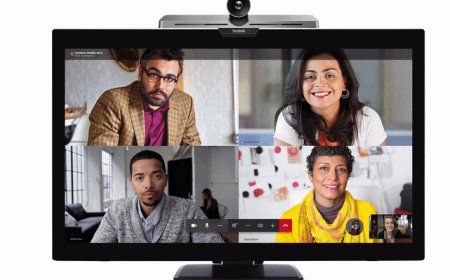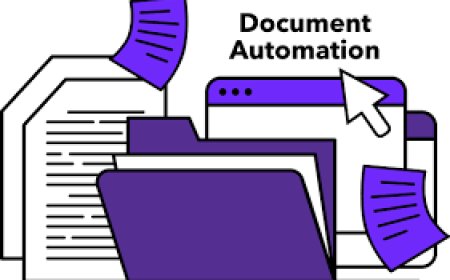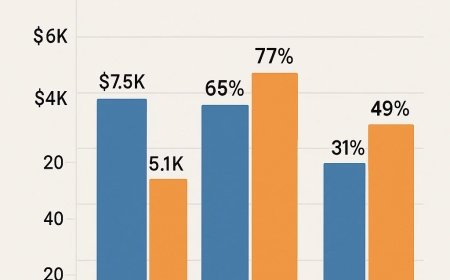How Teachers Can Use Riddles to Spark Critical Thinking in the Classroom
How Teachers Can Use Riddles to Spark Critical Thinking in the Classroom
In a world filled with standardized tests and structured curricula, it's easy to forget the value of playful thinking. But what if one of the most effective teaching tools wasnt in the textbook?
Riddles yes, simple brain teasers are an underrated powerhouse when it comes to encouraging logic, creativity, and problem-solving in students.
? Why Riddles Work in Education
Riddles challenge students to look beyond the obvious. They promote:
-
Critical thinking
-
Lateral reasoning
-
Language and comprehension skills
-
Confidence in expressing solutions
More than just fun fillers, riddles can be aligned with lesson goals across subjects, from language arts to math.
? Riddle Ideas for Teachers
-
Morning warm-up: Start the day with a riddle on the board.
-
Group activity: Encourage discussion and collaboration in teams.
-
Creative writing prompts: Use riddle themes to inspire storytelling.
-
Brain breaks: Refresh focus between long lessons.
Using riddles in class adds joy to learning while reinforcing key cognitive skills.
? Where to Find Quality Riddles for Students
Whether you teach elementary or high school,explore riddles offers a wide collection of classroom-friendly riddles. From easy wordplay for younger kids to advanced logic puzzles, its a goldmine for educators.
Try incorporating a Riddle of the Day from into your lesson plan its an easy, effective, and enjoyable way to enrich your teaching.
? Learning Can Be Fun
Education doesnt have to be rigid. A simple riddle can open the door to laughter, curiosity, and meaningful dialogue things every great classroom thrives on.








&srotate=0)

























